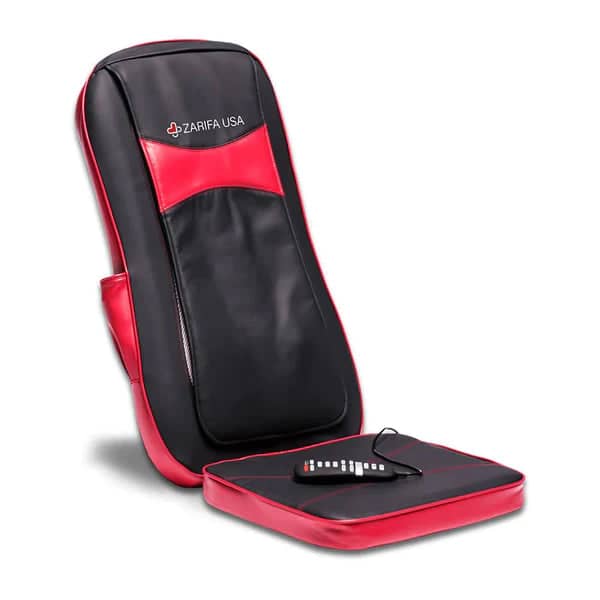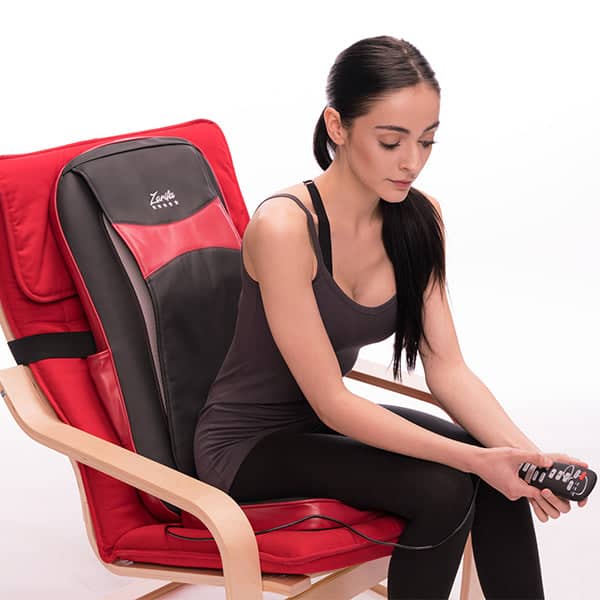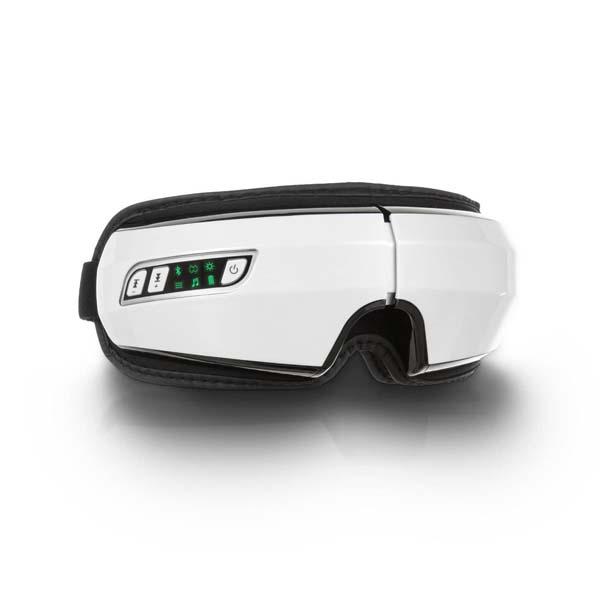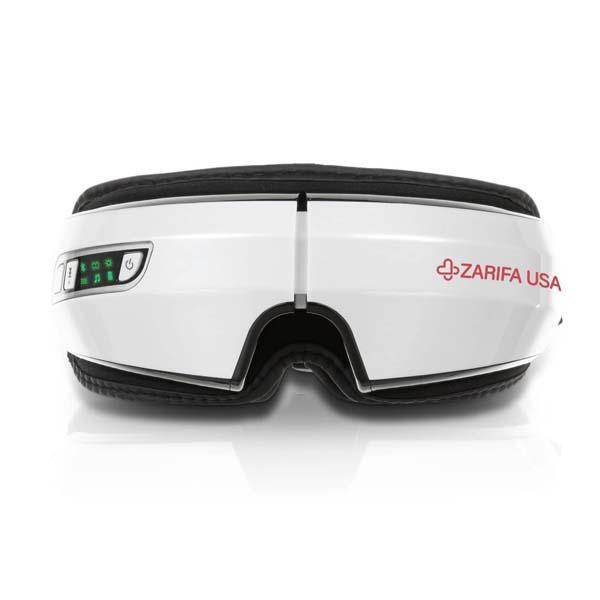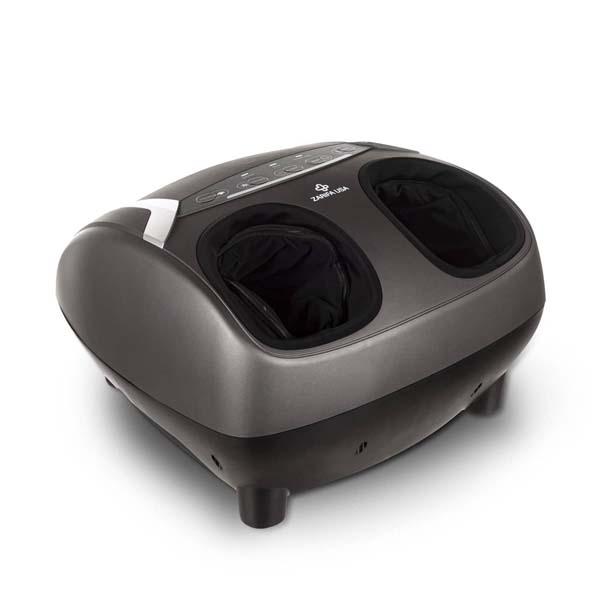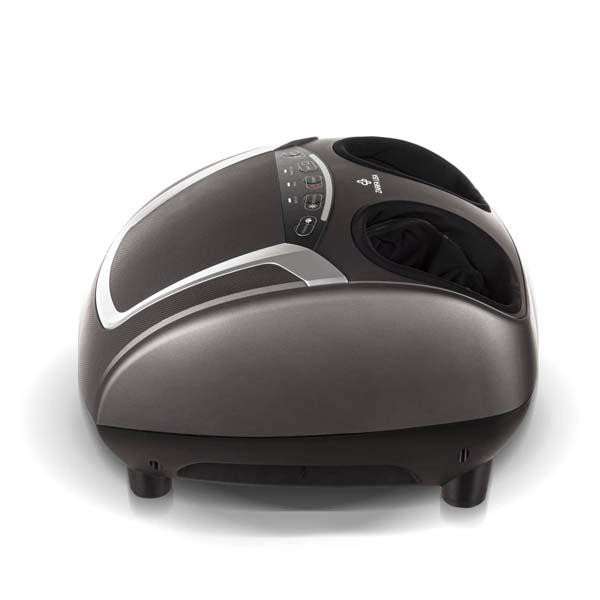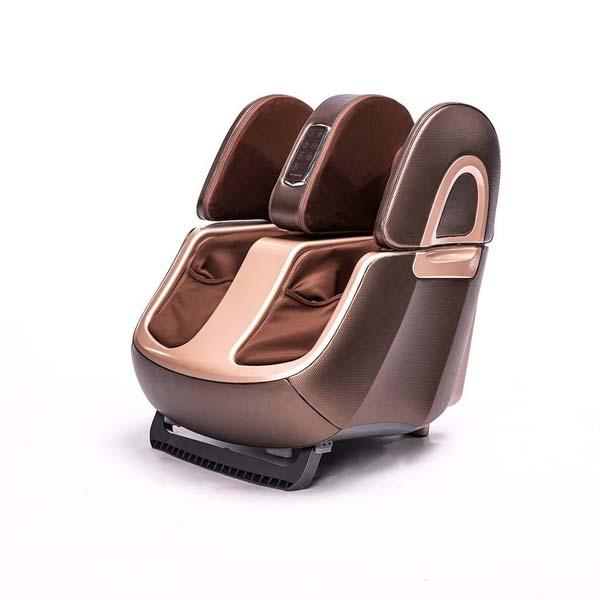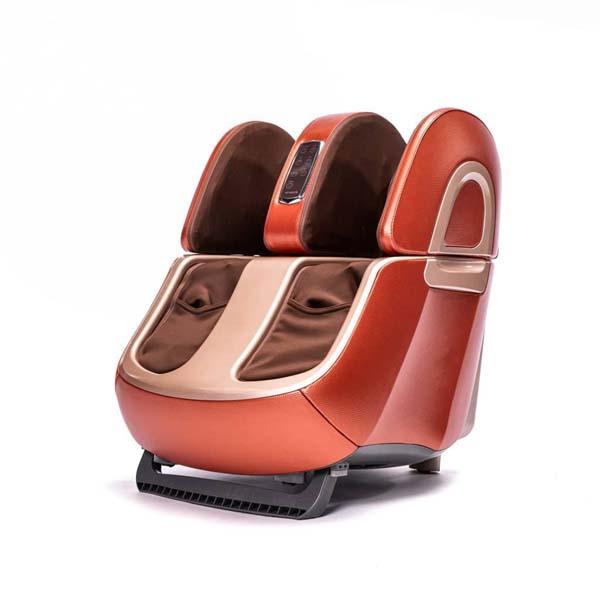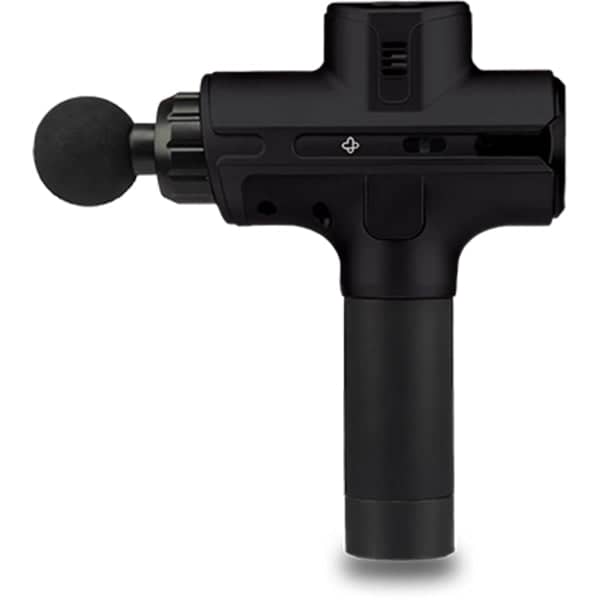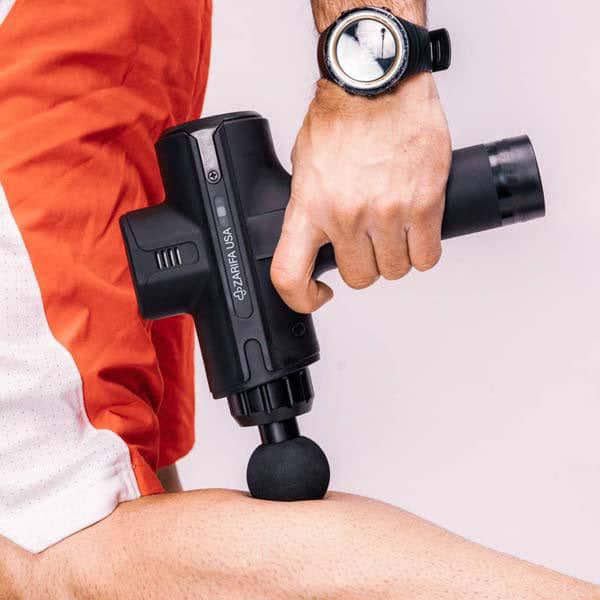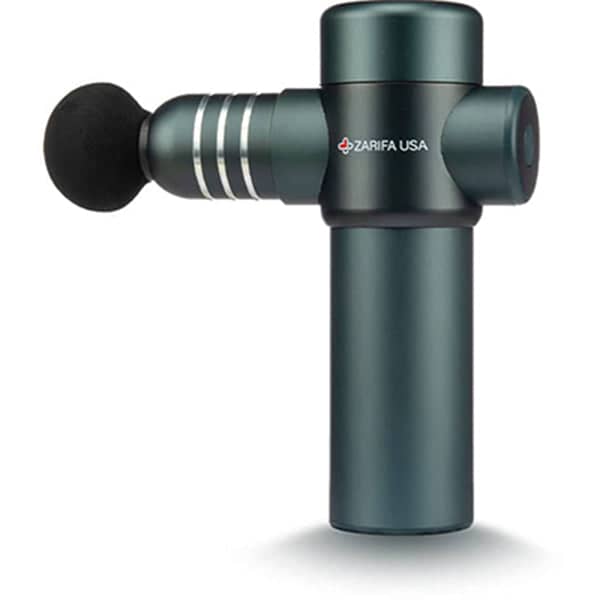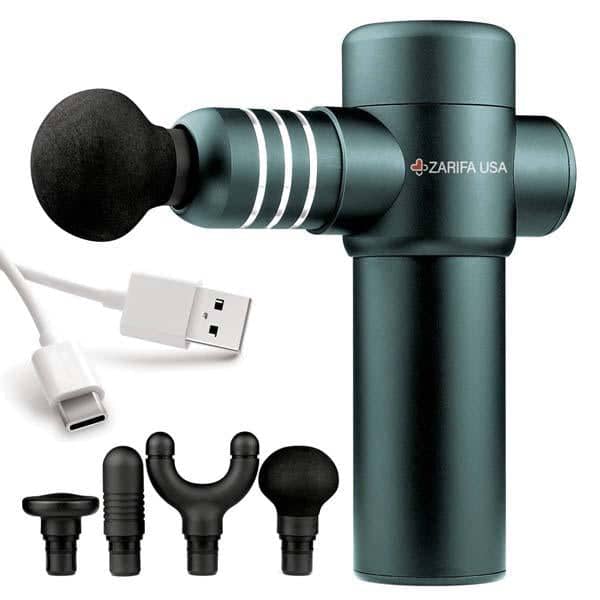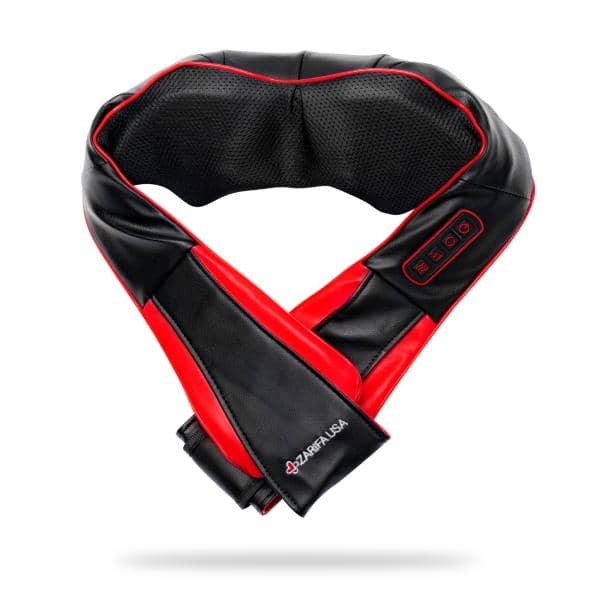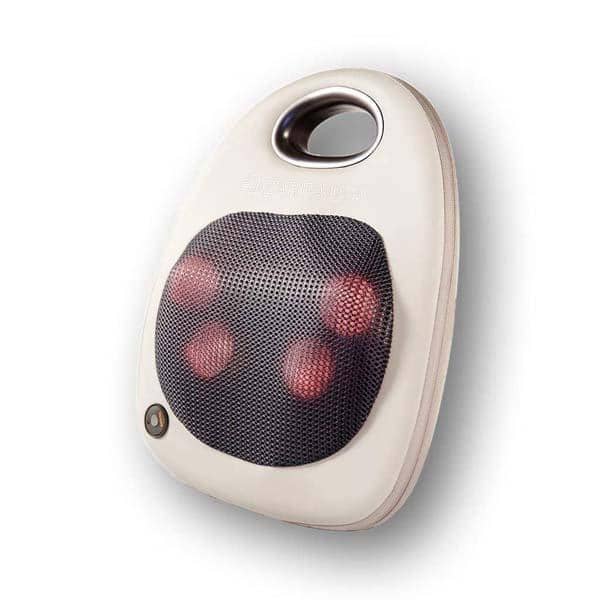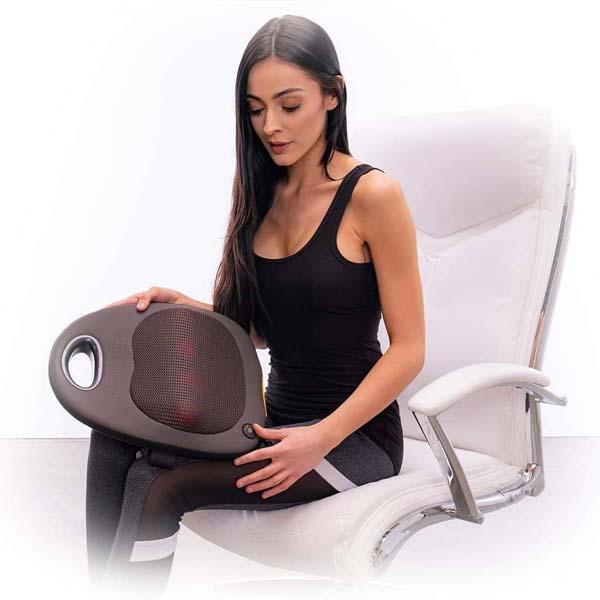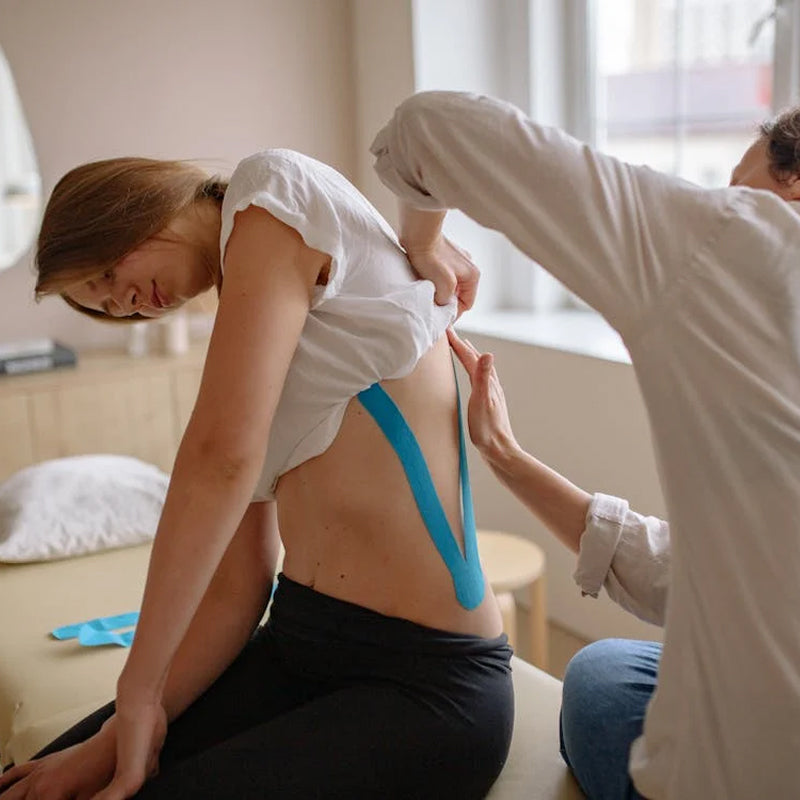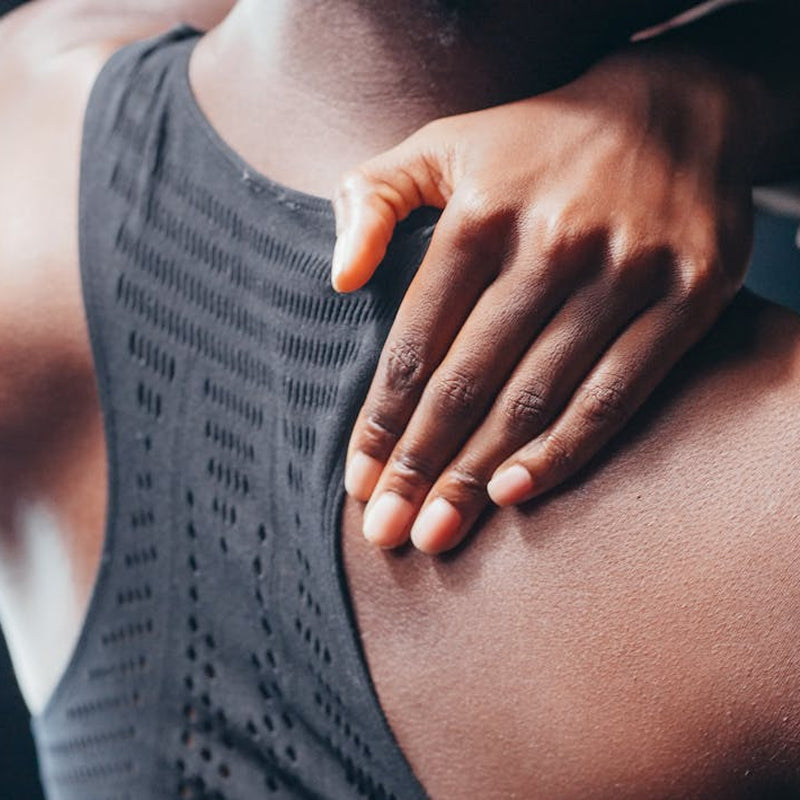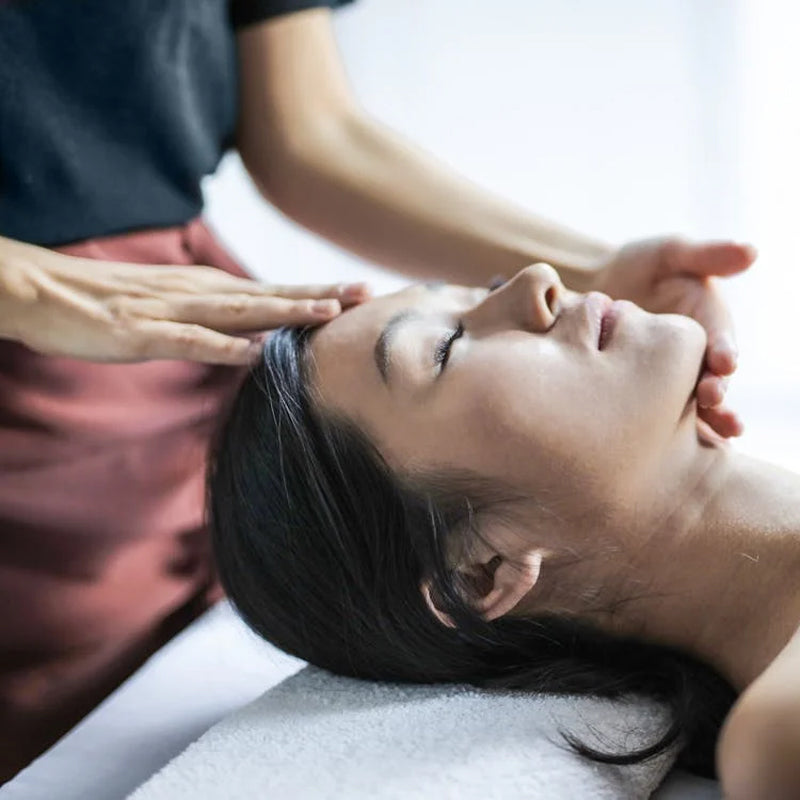Lymphedema can seriously compromise the quality of life. Though the condition is rare, studies show that primary lymphedema affects 1 in 100,000 individuals. However, secondary lymphedema is the most common cause of disease and has a higher rate in the US, where 1 in 1000 Americans are affected.
Keep reading to learn whether non-interventional strategies be beneficial for reducing lymphedema and how a massage chair for lymphedema is a good idea.
What is lymphedema?
Lymph and edema make up the word lymphedema. Lymph is a particular protein-rich fluid that flows through the lymph channels. It is responsible for aiding in fat digestion and nourishing immune cells.
Edema means accumulation. Lymphedema implies the accumulation of lymph fluid within the interstitium and the body's adipose (fat) tissues, leading to swelling.
This accumulation can occur anywhere in the body but is most common in the following:
-
Arms
-
Legs
-
Genitals
-
Face
-
Neck
Types of lymphedema
There are two types of lymphedema: primary and secondary lymphedema.
Primary lymphedema
Primary lymphedema is a congenital condition characterized by abnormality of the lymphatic system. Genetic mutations inherited from parents can lead to the following types of primary lymphedema:
-
Congenital lymphedema
-
Lymphedema praecox
-
Lymphedema tarda
Secondary lymphedema
This type arises from injury or obstruction to the lymphatic flow. Malignancies and infections can lead to the development of swelling arms and legs. Secondary lymphedema frequently occurs in patients who have breast cancer.
Signs and symptoms
Lymphedema presents itself in the following ways:
-
Swelling in the extremities (arms and hands, legs and feet)
-
Proximal swelling in the breast/chest, pelvis, groin, and face
-
Limb heaviness
-
Pain and altered sensation
-
Decreased range of motion
-
Skin discoloration
Treatment of lymphedema
As it is a chronic disease, it has the potential to progress with time. Therefore, it is critical to treat it promptly. The following different treatment methods have been proven effective.
Decongestive lymphedema therapy
DLT, or Decongestive lymphedema therapy, is the primary treatment of choice for managing moderate cases of lymphedema. The procedure is effective in reducing the intensity of pain and heaviness in breast cancer patients.
Massage for lymphedema
One of massage therapy's most significant advantages is circulation improvement. This massage outcome is, therefore, utilized to push the accumulated lymph out of the tissues.
Manual lymphatic drainage (MLD) is a massage designed to improve lymph flow. With improvements in lymph flow, the lymphatic system can flush out the accumulated fluid in the interstitium and improve the condition.
A 2020 systematic review had conflicting reviews, but one thing was sure decongestive lymphedema therapy and manual lymphatic drainage could reduce the incidence of lymphedema in breast cancer patients.
In another review, researchers found manual lymphatic drainage to be borderline effective in treating lymphedema. One study concluded that patients should apply compression garments following manual lymphatic drainage therapy to enhance lymphatic flow.
In addition to the enhancements in the lymph flow and reduced swelling, manual lymphatic drainage also helped alleviate pain. As per a 2019 study, MLD increased the pain threshold and improved the quality of life in cancer patients.
Another study found manual lymphatic drainage (MLD) to be a safe and effective strategy in rehabilitation after breast cancer surgery. The localized swelling caused by lymphedema can be alleviated using superficial lymphatic massage.
A 2021 study revealed that lymphatic massage therapy opens the lymphatic vessels to let the excess fluid drain back to the proximal lymph nodes.
Those suffering from lymphedema in the upper arms should consider getting a manual lymphatic drainage massage. As reported by participants of a study, MLD promotes an increase in brachial vein velocity. This increase in the activity of the brachial vein in breast cancer surgery patients is effective in aiding lymphatic drainage.
Negative Pressure Massage Therapy for Lymphedema
Apart from MLD, another type of massage therapy that can benefit patients suffering from lymphedema is lymphatic drainage massage techniques. Per a randomized controlled trial, 60 minutes of negative pressure massage for 4-6 weeks improved L-Dex scores (lymphedema index). These techniques help in moving lymphatic fluid, reducing swelling and improving circulation. A study also backs the use of intermittent negative pressure massage therapy in the combined treatment of peripheral lymphedema.
Massage chairs for lymphatic drainage massage and lymphedema
Modern massage chairs like the ones available at Zarifa USA can be perfect replacements for professional massage therapists. Self-care can be an essential aspect of decongestion therapy.
It is important to consult a certified massage therapist for guidance on using massage chairs effectively.
As per a study, conservative treatments for secondary lymphedema can be helpful. Researchers found in a randomized controlled trial that self-management of lymphedema in breast cancer patients can be pretty effective. There is no better way of self-management than a massage chair for lymphedema.
You can get the ideal massage chairs for lymphedema by clicking here!
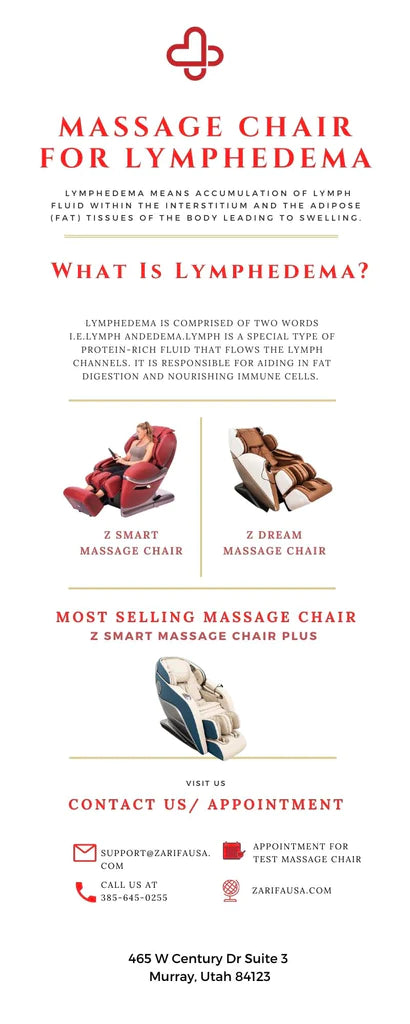
Compression for the lymphatic system
Patients can apply specialized compression garments (CG) to the edematous limb. The pressure forces the lymph to ooze out of the interstitium and drain via the lymphatic channels, with lymph nodes playing a crucial role in accepting and filtering the lymph fluid.
Compression therapy can combine with massage therapy for superior results. A study suggests that low-pressure compression is better compared to high-pressure in managing lymphedema.
As per another detailed study, active exercise with compression therapy can significantly improve cancer-related-lower-limb lymphedema.
Exercise to manage lymphatic fluid
Different types of exercises can help you alleviate lymphedema symptoms, which include swelling, discomfort, and skin issues such as infections and wounds. Resistance exercise can decrease breast cancer-related lymphedema.
A systematic review also supports the adoption of exercise in daily life to improve the range of motion of joints and quality of life.
Surgery involving lymph nodes
While doctors can prescribe medicines for symptomatic disease management, surgery is the only definitive treatment option. Cancer treatment, particularly breast cancer treatment, can lead to lymphedema due to lymphatic system damage from surgery, trauma, or radiation therapy. Microsurgeries are effective at times. Vascularized lymph node transfer, lymphaticovenous anastomoses, and suction-assisted protein lipectomies may solve the issue.
The Role of Non-Interventional Strategies
Non-interventional strategies can be especially beneficial for individuals seeking less invasive methods of treatment. These strategies include:
-
Regular Exercise: Engaging in gentle exercises can help stimulate lymph flow and prevent the buildup of fluid.
-
Proper Skincare: Maintaining skin integrity reduces the risk of infections, which can exacerbate lymphedema.
-
Dietary Adjustments: Some evidence suggests that dietary changes may help manage lymphedema by reducing inflammation.
Advantages of a Massage Chair for Lymphedema
Utilizing a massage chair can be an excellent method for lymphedema management at home. Here’s why:
-
Consistency of Therapy: Massage chairs provide consistent pressure, which is crucial for effective lymphatic drainage.
-
Accessibility: They offer a convenient option for daily treatment without the need to visit a clinic.
-
Customization: Many massage chairs come with settings that can be adjusted to target specific areas affected by lymphedema, such as the arms or legs.
Enhanced Self-Management
The use of massage chairs supports self-management of lymphedema by enabling patients to control their symptoms regularly and comfortably. This empowerment can significantly improve one’s quality of life and potentially reduce the severity of the condition over time.
Combining Techniques for Optimal Results
For the best outcomes, it’s advisable to combine massage chair therapy with other non-interventional strategies. This holistic approach can maximize lymphatic drainage, reduce symptoms, and maintain the health of the lymphatic system.
Integration of Technology and Technique
Advancements in technology have further enhanced the effectiveness of massage chairs in treating lymphedema. Features such as programmable sequences and adjustable intensities allow users to tailor treatments to their specific needs, mirroring techniques used in manual lymphatic drainage therapy.
Educational Aspects and Awareness
Education also plays a crucial role in the successful management of lymphedema using massage chairs. Users must be educated on the best practices for using these chairs, including the optimal duration and frequency of sessions to maximize benefits without overstimulating the affected areas.
Psychological Benefits
Beyond the physical benefits, the use of massage chairs for lymphedema management also offers psychological advantages. Regular use can reduce stress and anxiety, which are often heightened in individuals dealing with chronic conditions. The relaxation provided by massage chairs can indirectly contribute to the overall effectiveness of lymphedema treatment by improving mental health.
Future Prospects and Research
Looking forward, ongoing research and user feedback are essential for improving the design and functionality of massage chairs specifically tailored for lymphedema patients. Potential innovations could include more precise control over pressure settings and improvements in how these chairs mimic manual lymph drainage techniques.
Collaborative Care Approaches
Finally, incorporating massage chair therapy as part of a collaborative care approach, involving healthcare providers, therapists, and patients, can ensure that each aspect of lymphedema management is addressed. This collaborative approach ensures that non-interventional strategies complement medical treatments, leading to a comprehensive care plan tailored to individual needs.

The bottom line
Lymphedema (primary or secondary) is swelling that typically affects an arm or leg. It can seriously compromise your mobility and quality of life. A practical relief method is massage therapy (manual lymphatic drainage), which enhances the drainage of extra lymph fluids and improves the patients’ pain perception.
All Zarifa USA products are HSA and FSA-eligible. You can contribute your health savings funds towards purchasing any of our products!


